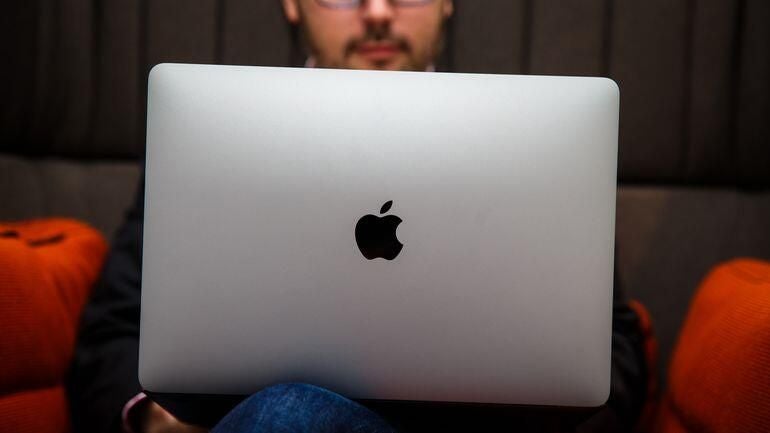With virtualization continuing to play a greater role in converging server, storage, and network infrastructure, Apple (like many manufacturers) makes hardware to facilitate in the centralization of management and scalability of the virtualized systems running on Mac computers.
SEE: Ebook–Boost your Mac productivity with these 10 techniques (TechRepublic)
VMware has extensive software to suit the virtualization needs of businesses of all sizes, and it leads the pack with its robust and hardware-agnostic offerings. This includes the free ESXi, which is a base hypervisor that may be run on any bare-metal, supported Apple computer or server so that IT pros may familiarize themselves with the product features prior to migrating their systems to virtual machines.
While Apple has jettisoned its line of Xserve servers for more powerful, mainstream desktop devices with modern touches, the company has been doing away with legacy items, such as optical drives, which make loading VMware onto the devices initially a bit difficult.
Fear not–USB Flash Drives (UFDs) are excellent at replacing optical media for not only transferring data; given the flexible nature of the drives, they work great for booting operating systems such as ESXi or macOS.
Before diving in to cover the steps necessary to create a bootable UFD with VMware ESXi on it from your Apple computer, there are a few requirements:
- Apple workstation (running OS X 10.7.5 or later)
- VMware ESXi ISO
- USB flash drive (4 GB minimum) formatted as FAT or FAT32
SEE: Basics of VMware vSphere & ESXi Virtualization Software (TechRepublic Academy)

How to create the USB installer
1. Insert your UFD into your Mac and launch Terminal. Enter the following command to identify the mounting point assigned to your USB drive:
diskutil list
The output should look similar to the text below, where my drive is assigned mount point /dev/disk2. We’ll need this information for a later step.
/dev/disk2 (external, physical):
#: TYPE NAME SIZE IDENTIFIER
0: FDisk_partition_scheme *31.7 GB disk2
1: DOS_FAT_32 ESX 31.7 GB disk2s1
2. Once this information is obtained, we’ll need to unmount the device–but not eject it–with the following command:
diskutil unmountDisk /dev/disk2
3. In this next step, enter the fdisk interactive prompt:
fdisk -e /dev/disk2
Type “f 1” to mark the USB’s partition active so the device is capable of booting the ESXi operating system. Enter “write” to save the configuration and “exit” to return to the Terminal.
4. Next, we will need to mount the .ISO downloaded from VMware’s website by entering:
hdiutil mount /path/to/ISO
5. The .ISO files should be mounted to the Finder and must be copied to the USB drive using the cp command:
cp -R /path/to/mounted/ISO/* /path/to/USB
6. Upon the files being copied to the USB drive, we will need to modify a file to set the partition we wish to boot from by using TextEdit. Open the ISOLINUX.CFG file and add the argument “-p 1” so the following line looks like the text below:
APPEND -c boot.cfg -p 1
7. Save the document and rename it SYSLINUX.CFG. Eject your USB drive–it’s ready to boot ESXi on supported Apple hardware.
Have you worked with VMware on Mac hardware? If so, share your experiences in the comments.